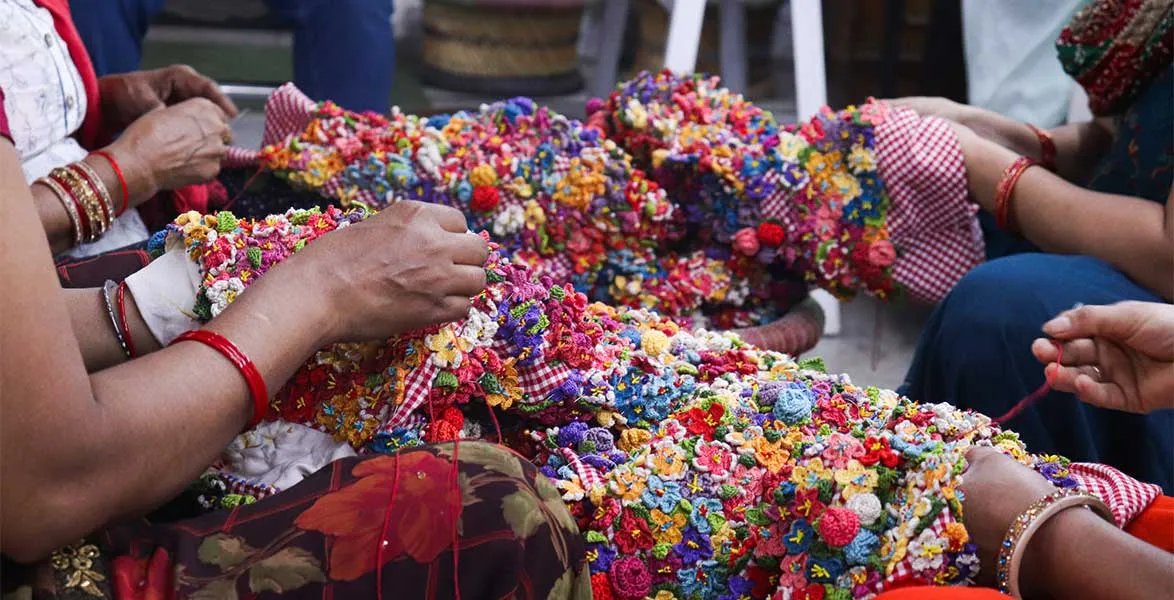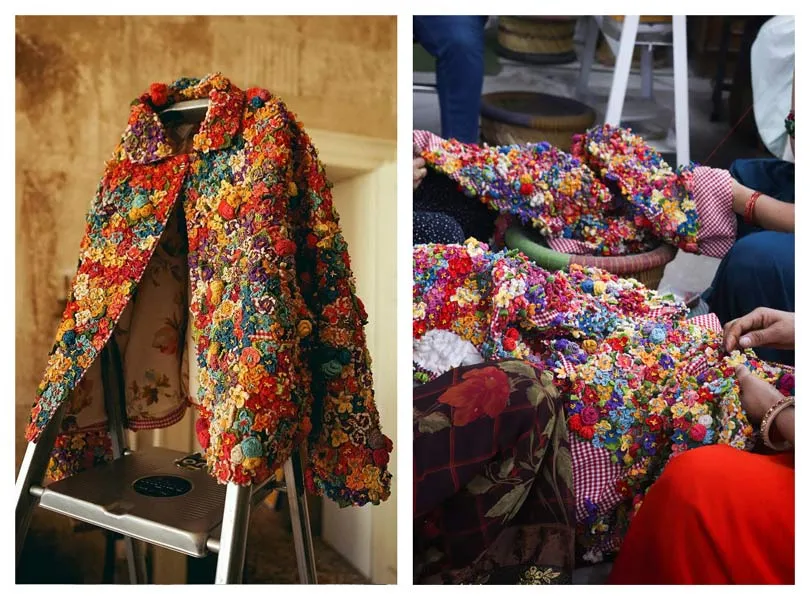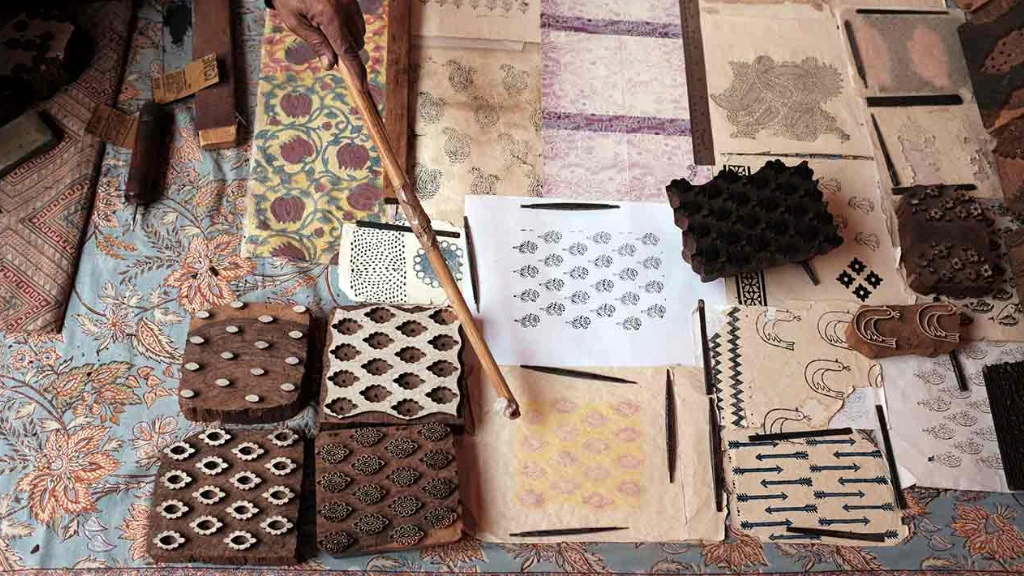Artisanal labor is the backbone of many cultural and economic systems worldwide. Each handmade item carries a story of skill, tradition, and dedication. Yet, behind the beauty of handcrafted goods lies a complex equation of effort, cost, and fair compensation.
You May Also Like: On the Lucknow Shatabdi with Abu-Sandeep
The Hidden Hours Behind Every Masterpiece
Artisans invest hours, sometimes days, to create a single piece. From intricate embroidery to pottery and weaving, these crafts require focus and precision. Yet, many consumers underestimate the labor involved. For example, a handwoven scarf may take 20-30 hours of meticulous work, but its market price often fails to reflect this effort.
Breaking Down the Costs
- Raw Materials: High-quality materials are essential for artisanal work. Artisans often source local, eco-friendly materials, which can be expensive.
- Time Investment: Unlike mass production, handmade goods require significantly more time. Each stitch or stroke adds value.
- Skill and Training: Artisans spend years mastering their craft. Their expertise deserves recognition and fair pay.
- Overheads: Many artisans operate from small workshops or homes, balancing limited resources with the demands of the trade.
The Challenge of Fair Wages
Artisans often face challenges in receiving fair compensation. Middlemen, market trends, and consumer preferences play a role in determining prices. Many artisans earn less than minimum wage, despite producing high-value goods. This imbalance threatens the survival of traditional crafts.
Sustainability Through Fair Pricing
Fair trade initiatives and direct-to-consumer models are helping bridge the gap. By cutting out intermediaries, artisans can receive a larger share of profits. Consumers also play a crucial role. Choosing to pay a premium for handmade goods ensures artisans are fairly compensated.
Why Artisanal Labor Matters
Supporting artisanal labor is not just about preserving traditions. It’s about sustaining communities, promoting ethical practices, and valuing human creativity. Each purchase has the potential to create a ripple effect, empowering artisans and ensuring their crafts thrive for generations.
Final Thoughts
The math of artisanal labor is more than just numbers—it’s a story of passion, dedication, and resilience. By understanding the true value of handmade goods, consumers can make informed choices that benefit both artisans and the planet.













[…] You May Also Like: Special Report: The Hidden Economics of Artisanal Labor […]